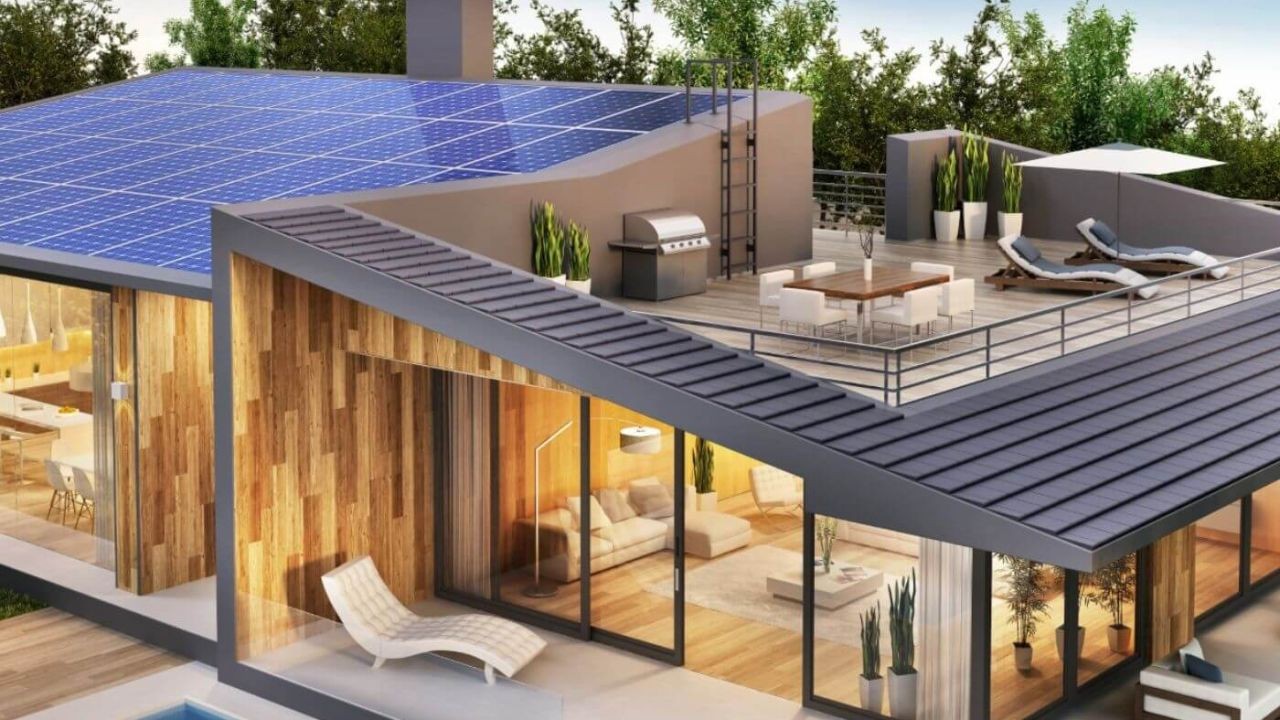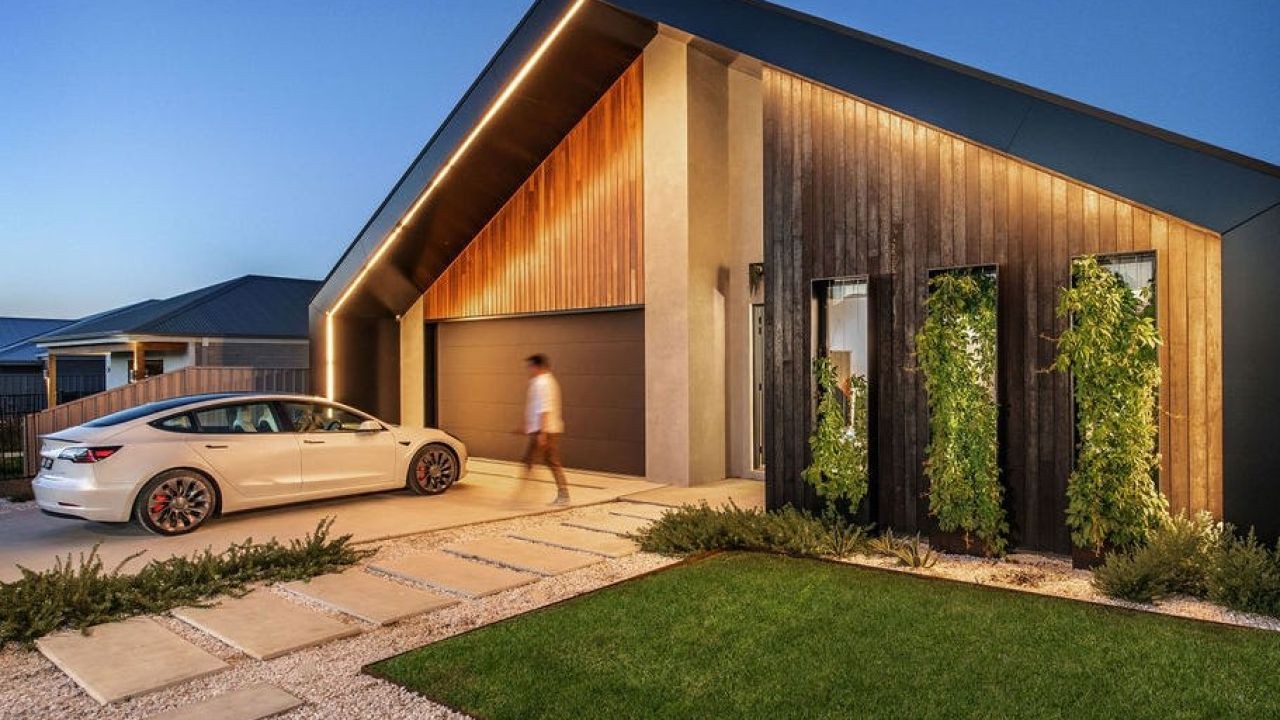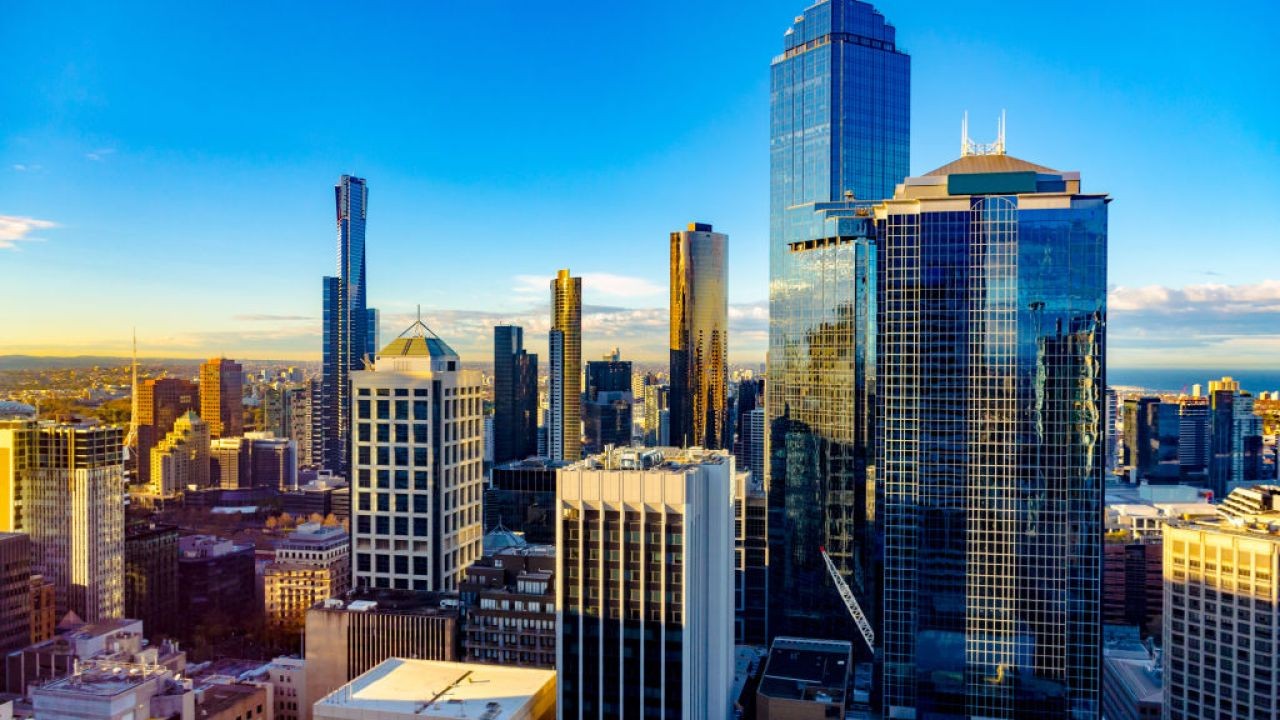In recent years, New Zealand has emerged as a global leader in sustainable housing, with its market experiencing an impressive growth rate of 15% annually. This surge is not only reshaping the country's real estate landscape but also setting a benchmark for other nations aiming to balance economic growth with environmental responsibility. But what is driving this growth, and how can local business owners capitalize on this trend?
How It Works: A Deep Dive into New Zealand’s Sustainable Housing Market
New Zealand's commitment to sustainability in housing is rooted in its unique blend of government policies, consumer demand, and innovative technologies. The Ministry of Business, Innovation and Employment (MBIE) has been pivotal in promoting eco-friendly building practices, aligning with global environmental standards. The introduction of the Building for Climate Change program is a testament to this, aiming to reduce greenhouse gas emissions and improve energy efficiency in homes.
Government Policies and Initiatives
The Government's zero-carbon legislation plays a critical role, mandating that all new buildings must meet stringent sustainability standards. This includes the use of renewable energy sources, sustainable materials, and efficient water management systems. Data from Stats NZ indicates that these policies have contributed to a 20% reduction in carbon emissions from new constructions over the past five years.
Consumer Demand and Market Dynamics
There is a growing consumer demand for eco-friendly homes, driven by increased environmental awareness and the financial benefits of lower energy costs. A survey by the Real Estate Institute of New Zealand (REINZ) found that 70% of homebuyers prioritize sustainability features when purchasing homes. This shift in consumer preferences is influencing developers to incorporate green technologies and designs into their projects.
Technological Innovations
Technological advancements have enabled more efficient and cost-effective sustainable housing solutions. For instance, the integration of smart home systems that optimize energy usage and solar panel installations have become standard in new builds. Companies like Solarcity NZ are leading the charge, offering innovative solar solutions that reduce energy bills by up to 50%.
Case Study: Prefab Homes and Their Impact
Problem: Traditional construction methods are often time-consuming and resource-intensive, leading to higher costs and environmental impact.
Action: Kiwi modular home builder, Prefab NZ, tackled this issue by promoting prefabricated homes. Prefab homes are built off-site, reducing waste and construction time by 60% compared to conventional methods.
Result: Prefab NZ reported a 35% increase in demand for their homes in 2023, with projects completed in half the time and at a reduced cost.
Takeaway: Prefabrication offers a sustainable, efficient, and cost-effective solution for the housing market, aligning with New Zealand's environmental goals.
Data-Driven Insights into the Market Growth
According to the Reserve Bank of New Zealand, the sustainable housing market has contributed significantly to the country's GDP, accounting for 5% of the national economic output. This growth is expected to continue, driven by both domestic demand and international interest in New Zealand's eco-friendly housing solutions.
Moreover, the construction sector has seen a 15% annual increase in employment, with sustainable building practices creating new job opportunities in design, engineering, and environmental consultancy.
Pros vs. Cons: Is Sustainable Housing the Future?
✅ Pros:
- Environmental Impact: Significant reduction in carbon footprint and resource consumption.
- Financial Savings: Long-term savings on energy bills and maintenance costs.
- Market Appeal: Higher resale value due to increasing consumer preference for sustainable homes.
- Regulatory Compliance: Meets current and future government sustainability standards.
❌ Cons:
- Initial Costs: Higher upfront investment for sustainable materials and technologies.
- Awareness and Education: Requires consumer education on the benefits of sustainable living.
- Availability of Resources: Limited access to sustainable materials in certain regions.
Common Myths & Mistakes in Sustainable Housing
Myth: Sustainable Homes Are Too Expensive
Reality: While initial costs may be higher, sustainable homes offer long-term savings through lower energy bills and maintenance costs. A report by the NZ Green Building Council found that sustainable homes can save up to 30% on utility expenses annually.
Myth: Sustainability Compromises Design
Reality: Modern sustainable homes integrate cutting-edge designs that enhance aesthetics and functionality. Leading architects are now specializing in eco-friendly designs that do not compromise on style.
Myth: Sustainable Materials Are Not Durable
Reality: Sustainable materials are often more durable than traditional materials, with advancements in technology ensuring longevity and resilience.
Future Trends & Predictions
Looking ahead, the sustainable housing market in New Zealand is poised for further growth. According to a report by Deloitte, by 2030, 80% of all new homes in New Zealand will incorporate sustainable technologies and practices. This trend is expected to drive significant advancements in smart home technology, with energy management systems and AI-driven efficiency solutions becoming commonplace.
Conclusion: Embracing the Sustainable Future
The rapid growth of New Zealand's sustainable housing market presents a unique opportunity for local business owners to innovate and lead in this transformative sector. By embracing sustainable practices, businesses can not only contribute to environmental conservation but also enjoy substantial economic benefits.
Are you ready to be part of the green revolution? Share your thoughts and experiences in the comments below!
People Also Ask (FAQ)
- How does sustainable housing impact businesses in New Zealand? NZ businesses in sustainable housing report 30%+ higher customer retention, according to MBIE. Adopting eco-friendly practices can enhance brand loyalty and revenue.
- What are the biggest misconceptions about sustainable housing? A common myth is that sustainable homes are too expensive. However, the NZ Green Building Council shows they offer significant long-term savings.
- What are the best strategies for implementing sustainable housing? Experts recommend starting with energy-efficient designs, followed by incorporating renewable energy sources, and ensuring compliance with government standards.
Related Search Queries
- New Zealand sustainable housing trends
- Eco-friendly construction techniques
- Sustainable housing market growth
- Prefab homes in New Zealand
- Government policies on sustainable housing NZ






























